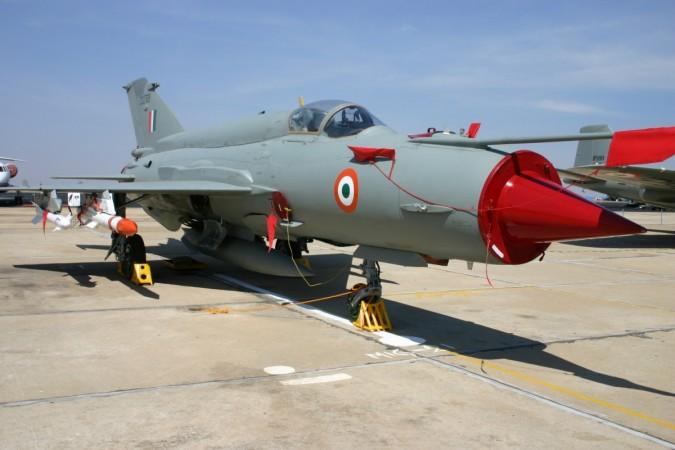
The Indian Air Force documents that were disclosed on July 19 revealed that fighter pilots were minutes away from launching bombing missions deep inside Pakistan during the Kargil War, a move that would have escalated the Kargil conflict into a full-fledged war between the two nuclear armed neighbours.
Although why India eventually aborted its military plans remains a secret, documents exclusively accessed by NDTV reveal that in the early hours of June 13,1999, all necessary preparations to carry out the mission had been undertaken. Targets were assigned, route maps finalised and Pakistan currency and loaded revolvers were issued to be used in the event of escaping from behind enemy lines.
"We took [Pakistani] currency and wrote letters home. Takeoff was at 6:30 am. As youngsters, we were jumping around. The mission was called off at about 12 am. At the squadron, we received our `No Go' orders at 3 am," reads the Squadron Diary of the Air Force's 17 Squadron, the "Golden Arrows," a formation that flew MiG 21s from the Srinagar Air Force base.
The Air Force's plan to deploy 16 fighter jets for an all out offensive was due to the diplomatic deadlock in Delhi between the then Foreign Minister Jaswant Singh and his Pakistani counterpart, Sartaj Aziz. This was to be the first in a wave of missions to be assisted later by several other squadrons.
"On the 12th [of June], Sartaj Aziz went back after a failed visit to India. All pilots were called back at 1600 by Gupta, who had news for us. CATOs [Command Air Tasking Orders] had come for a pre-emptive strike at dawn on 13 Jun. We were to do a 4 ac [aircraft] bombing mission in POK [Pakistan Occupied Kashmir] and BDA [Bomb Damage Assessment] of Chaklala [a major Pakistani Air Force Airbase in Rawalpindi," the document read.
The "Golden Arrows," however, was not the only squadron that was to be deployed at the time according to a former MiG-21 pilot who wishes to stay anonymous and is known to be privy to the situation.
"I was having dinner. We were sent to the base operations room. There was a gentleman from Command. He said 'the balloon is going up in the morning, you guys will be in the first strike mission,'" NDTV quoted him as saying.
Two MiG 21s were assigned to provide cover to four MiG-27s from another unit who were ordered to target the runway at the Chaklala airbase using runway denial bombs (bombs that create large craters in runways, preventing their use).
Four other MiG-21s were part of the attack mission, in addition to four MiG-29s air superiority fighters, which would be deployed as a distraction before the Indian "strike package" approached their targets. Photo reconnaissance of the strike mission to gauge its effectiveness would subsequently be carried out by two other MiG-21s.
While historical conjecture based on the evaluation of possessed military equipment allows one to argue that India was poised to win, had the situation gravitated into an all out conflict, conventional warfare that continued ensured the same outcome. In a month's time, Indian Army had regained territory occupied by Pakistani forces who were forced to retreat.

















